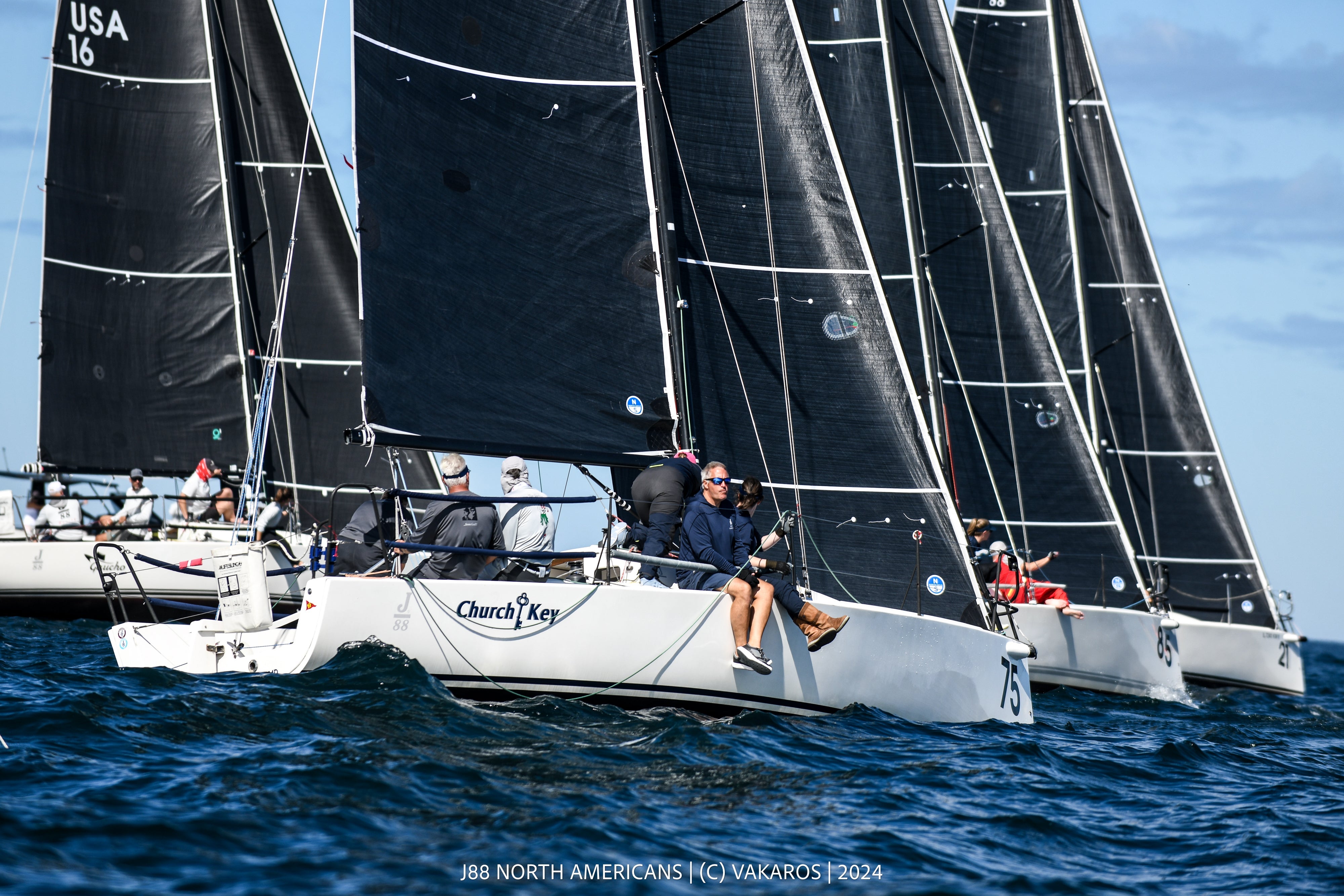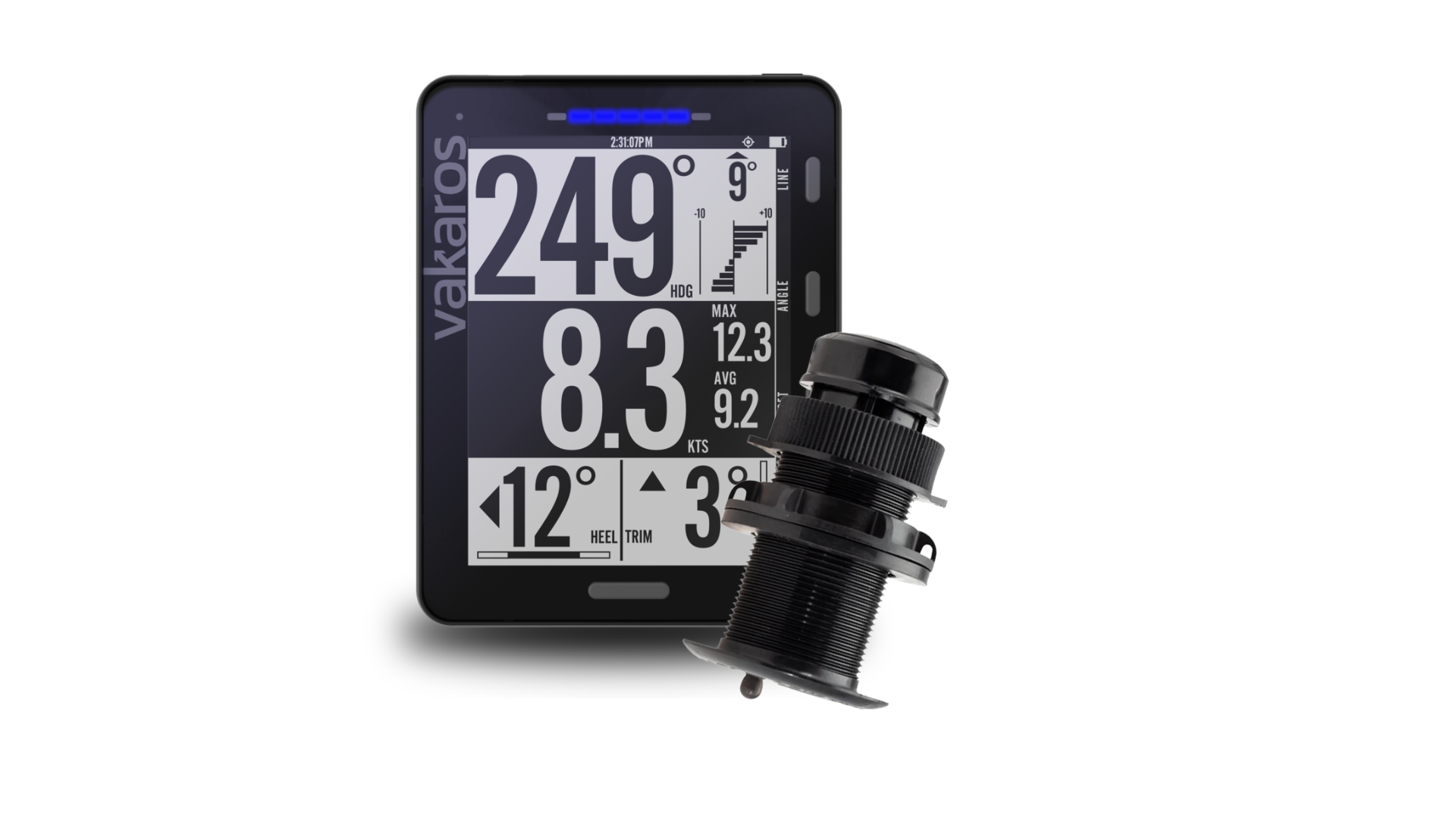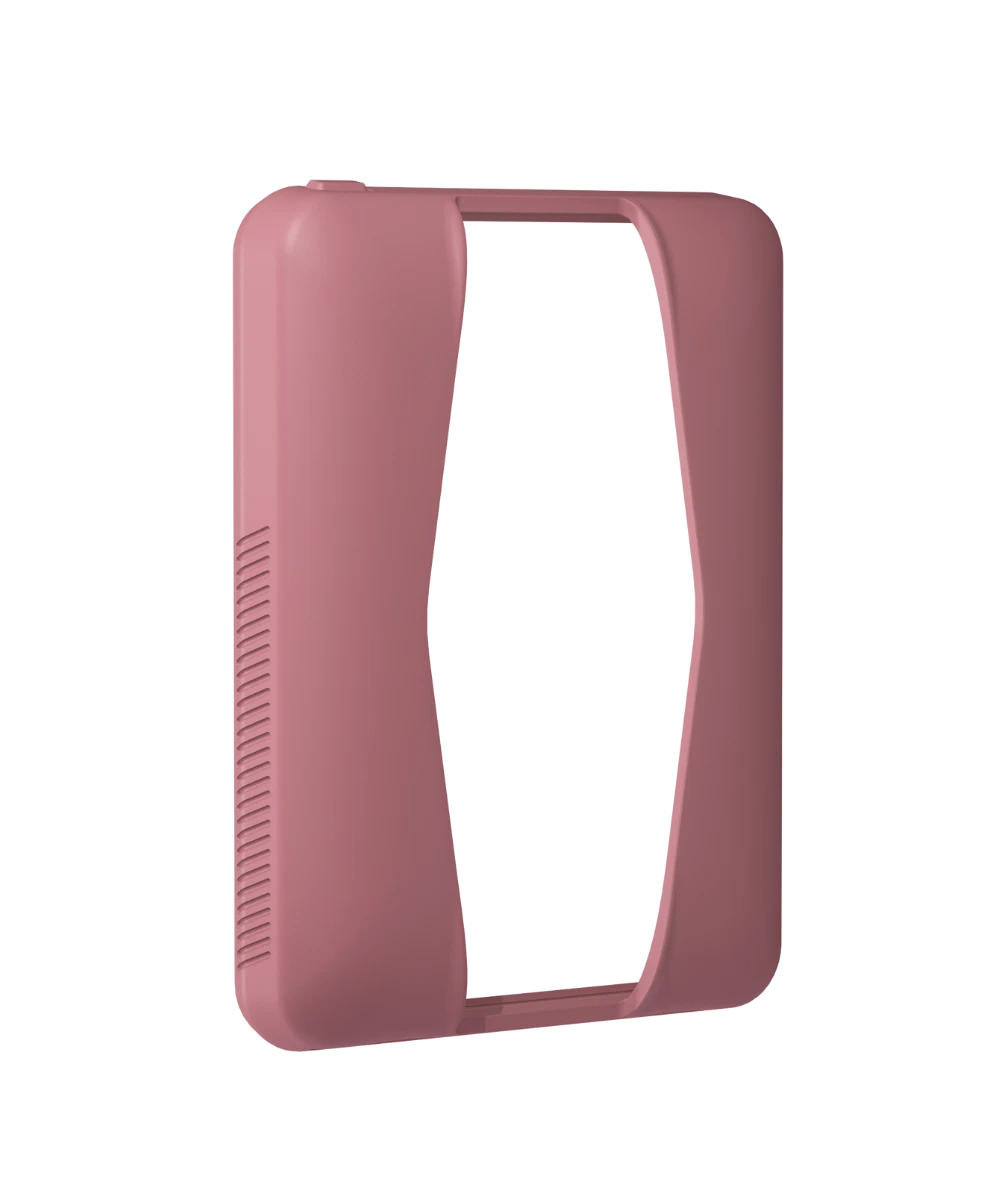Mount It Right: How to Avoid Killing Your Atlas Accuracy in RaceSense
 RaceSense relies on inputs from highly accurate sensors in the Atlas devices. OCS calls rely on accuracy, and the Atlas 2’s magnetometer, IMU, and GNSS receive are able to provide precise data on what the instrument perceives. But, an Atlas in a compromised location or mounting situation can lead to sailors operating off of erroneous data. These challenges often lead to small variances, but on a start line, it’s the inches that matter. Issues can creep up when mounting the Atlas - here’s what to look out for, and how to mitigate to ensure the best possible RaceSense experience.
RaceSense relies on inputs from highly accurate sensors in the Atlas devices. OCS calls rely on accuracy, and the Atlas 2’s magnetometer, IMU, and GNSS receive are able to provide precise data on what the instrument perceives. But, an Atlas in a compromised location or mounting situation can lead to sailors operating off of erroneous data. These challenges often lead to small variances, but on a start line, it’s the inches that matter. Issues can creep up when mounting the Atlas - here’s what to look out for, and how to mitigate to ensure the best possible RaceSense experience.
Carbon or Metal Brackets
Carbon mast brackets are common in sailing - and they’ve been compromising GNSS performance on all mast mounted instruments since their introduction. There’s a common misconception that carbon or metal (or any conductive material) covering the Atlas’s antenna is the only source of error. But rather, any carbon or metal that encases any part of the instrument, or even presses flat against it, can detune the GNSS antenna, and radio, that make RaceSense possible.
We recommend mounting the Atlas with a bracket made out of plastic - this material is nonconductive, can be easily 3D printed into many forms. Thinking about a bracket upgrade? Check out these great options from our partners at MadMounts https://vakaros.com/en-eu/collections/mounts-chargers
Magnetic Interference
We often get asked how RaceSense determines the orientation of a boat. In short, the compass (or if you want to get techy, magnetometer), inside the Atlas provides a heading, which orients the boat. When the Atlas is mounted near something ferrous or magnetic, this heading can be skewed.
One of the most common cases of this is on a J/70 or Melges 24, where an Atlas is mounted under another instrument - a Raymarine Tacktick, B&G Triton Display, or even a second Atlas. When mounted close, the magnetic components of these electronics will skew the Atlas’ compass.
We’re working with RaceSense classes to mandate that Atlases are mounted on top - get ahead of the curve and upgrade to a new bracket that places your Atlas with a clear skyview, and free of magnets!
TLDR: Ditch the carbon mast bracket, and if you’re mounting an Atlas near another instrument, make sure to mount the Atlas on top to ensure the best possible compass performance. Keep well clear of ferrous parts and fasteners which could also hurt compass performance.












